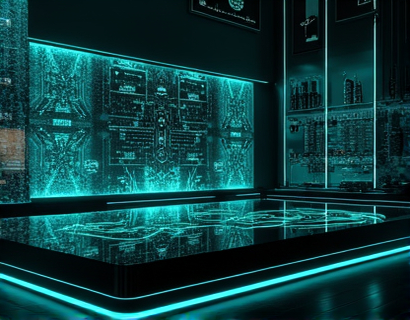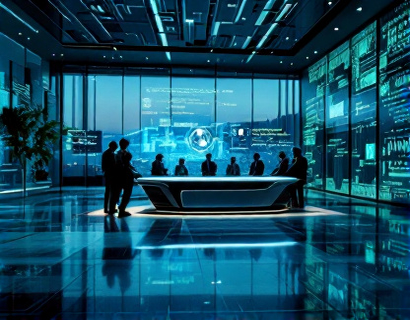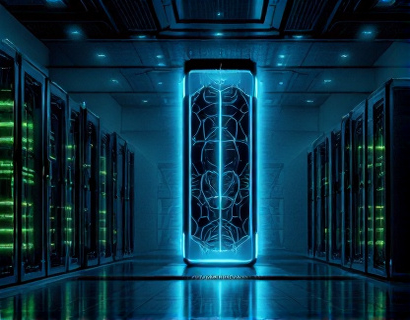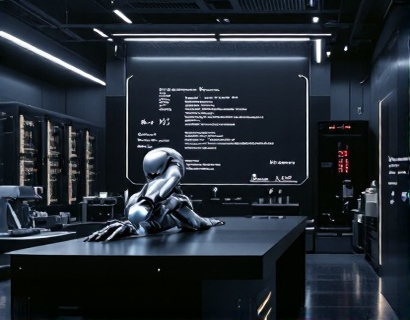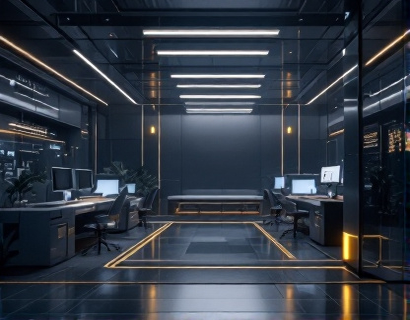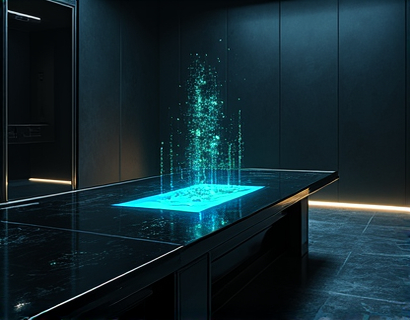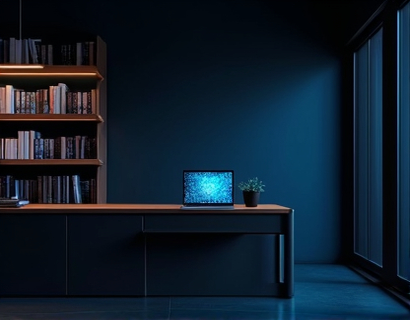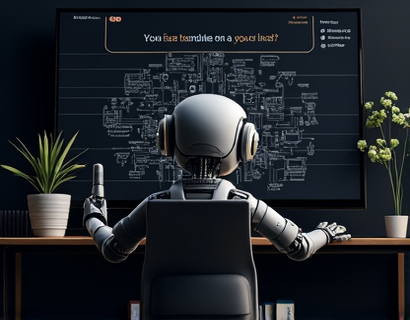Streamlining Event Audio-Visual Control with Advanced Hardware Solutions
In the dynamic world of event planning and production, the integration of sophisticated audio-visual systems is paramount to delivering exceptional experiences. The seamless coordination of lighting and sound elements can elevate an event from good to unforgettable. This article delves into the importance of utilizing cutting-edge hardware management software to streamline and enhance the control of lighting and sound systems, ensuring unparalleled reliability and ease of use for event planners and production managers.
The modern event landscape demands more than just the presence of high-quality audio-visual equipment. It requires a cohesive and efficient system that allows for effortless management and control. Traditional methods of managing lighting and sound hardware often lead to disorganization, delays, and suboptimal performance. This is where advanced hardware management software comes into play, offering a transformative solution that redefines the way events are produced.
Understanding the Challenges of Audio-Visual Integration
Event planners and production managers face numerous challenges when it comes to integrating audio-visual systems. These challenges include managing multiple devices from different manufacturers, ensuring compatibility, and maintaining control over complex setups. The lack of a unified control system can result in fragmented operations, where lighting and sound elements fail to synchronize, leading to a disjointed audience experience.
Moreover, the dynamic nature of events means that adjustments are frequently required on the fly. This necessitates a system that is not only robust but also intuitive and responsive. Traditional control methods, such as manual adjustments or cumbersome software interfaces, can hinder the ability to make swift and precise changes, ultimately impacting the overall quality of the event.
Advantages of Advanced Hardware Management Software
Advanced hardware management software addresses these challenges by providing a centralized platform for controlling and managing all audio-visual equipment. This software serves as the nervous system of the event, coordinating and synchronizing every aspect of the lighting and sound systems. The benefits are manifold:
- Centralized Control: All devices can be managed from a single interface, simplifying the workflow and reducing the risk of errors.
- Enhanced Coordination: Seamless integration ensures that lighting and sound elements work in harmony, creating a cohesive and immersive experience for the audience.
- Increased Efficiency: Automated processes and presets save time, allowing technicians to focus on creative aspects rather than manual adjustments.
- Scalability: The software can accommodate events of any size, from intimate gatherings to large-scale productions, making it a versatile solution for various applications.
Key Features of Cutting-Edge Lighting and Sound Hardware Solutions
Cutting-edge lighting and sound hardware solutions are designed with the modern event professional in mind. These solutions offer a range of features that enhance the overall audio-visual experience:
1. Wireless Connectivity: Modern hardware often includes wireless capabilities, eliminating the need for extensive cabling and providing greater flexibility in setup and reconfiguration.
2. Intuitive Interfaces: User-friendly software interfaces make it easy to navigate and control complex systems, even for those with limited technical expertise.
3. Customizable Presets: Predefined settings for different scenarios allow for quick and consistent adjustments, ensuring that the environment is always optimized for the current activity.
4. Real-Time Monitoring: Advanced software provides real-time data and monitoring, enabling immediate adjustments and troubleshooting as needed.
5. Integration with Other Systems: Compatibility with other event technologies, such as stage management and video systems, creates a holistic and integrated experience.
Implementing a Robust Audio-Visual Control System
Implementing a robust audio-visual control system involves several key steps to ensure success:
1. Assessment and Planning: Begin by assessing the specific needs of the event, including the scale, location, and desired outcomes. This helps in selecting the appropriate hardware and software solutions.
2. Equipment Selection: Choose high-quality, compatible devices that meet the event's requirements. Consider factors such as durability, performance, and ease of use.
3. Software Installation and Configuration: Install the hardware management software and configure it to work seamlessly with the selected equipment. This includes setting up user accounts, defining roles, and creating custom presets.
4. Technician Training: Provide comprehensive training for the technical team to ensure they are proficient in using the new system. This includes hands-on practice and familiarization with all features and functions.
5. Rehearsals and Testing: Conduct thorough rehearsals to test the entire system, identifying and resolving any issues before the event. This step is crucial for ensuring a smooth and error-free performance.
Case Study: Successful Implementation at a Large-Scale Festival
To illustrate the practical application of advanced hardware management software, consider the case of a large-scale music festival. The event organizers faced the challenge of managing multiple stages, each with its own lighting and sound requirements. By implementing a centralized control system, they achieved the following:
- Unified Control: All stages were controlled from a single dashboard, allowing for coordinated transitions and synchronized effects across the entire festival grounds.
- Efficient Workflow: Technicians could quickly switch between presets, reducing setup times and minimizing downtime.
- Real-Time Adjustments: The ability to monitor and adjust settings in real-time ensured that the audio-visual experience remained optimal throughout the event.
- Enhanced Audience Experience: The seamless integration of lighting and sound contributed to a more engaging and immersive experience for the attendees, leading to positive feedback and increased attendance in future events.
Future Trends in Audio-Visual Technology
The field of audio-visual technology is continually evolving, with several trends poised to shape the future of event production:
1. AI and Machine Learning: The integration of artificial intelligence can further enhance automation and predictive capabilities, allowing systems to adapt and optimize performance based on real-time data.
2. Increased Use of LED Technology: LED lighting continues to advance, offering more vibrant colors, energy efficiency, and longer lifespans, making it a preferred choice for event lighting.
3. Immersive Experiences: The demand for immersive and interactive experiences is driving the development of advanced projection mapping and virtual reality integrations.
4. Sustainability: There is a growing focus on eco-friendly solutions, with a push towards energy-efficient equipment and sustainable practices in event production.
Conclusion
In conclusion, the implementation of advanced hardware management software is a game-changer for event planners and production managers. By streamlining the control of lighting and sound systems, these solutions not only enhance the technical aspects of event production but also contribute to a more creative and engaging experience for the audience. As technology continues to advance, the potential for innovation in event audio-visual control is vast, promising even more exciting developments in the future.






